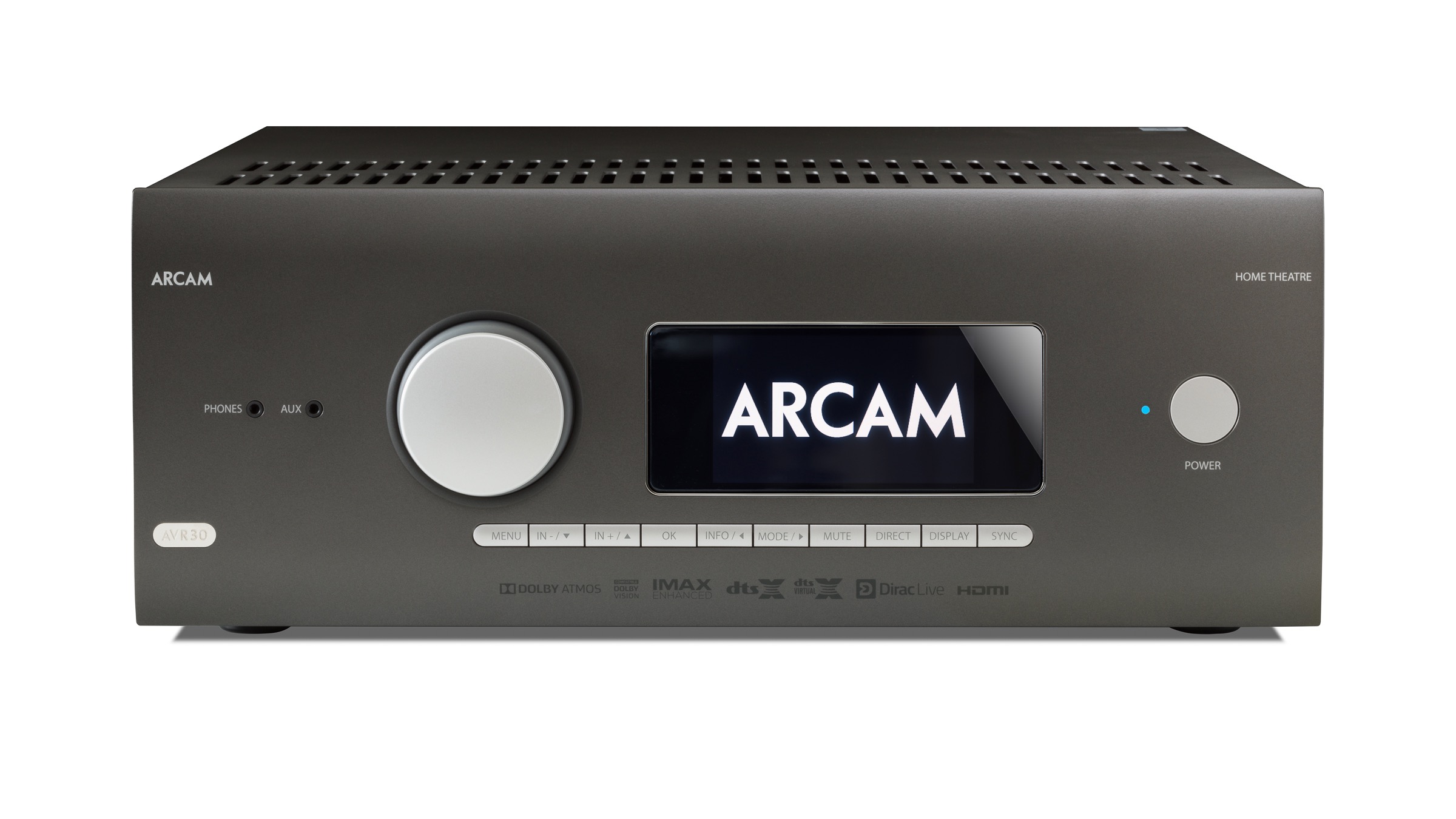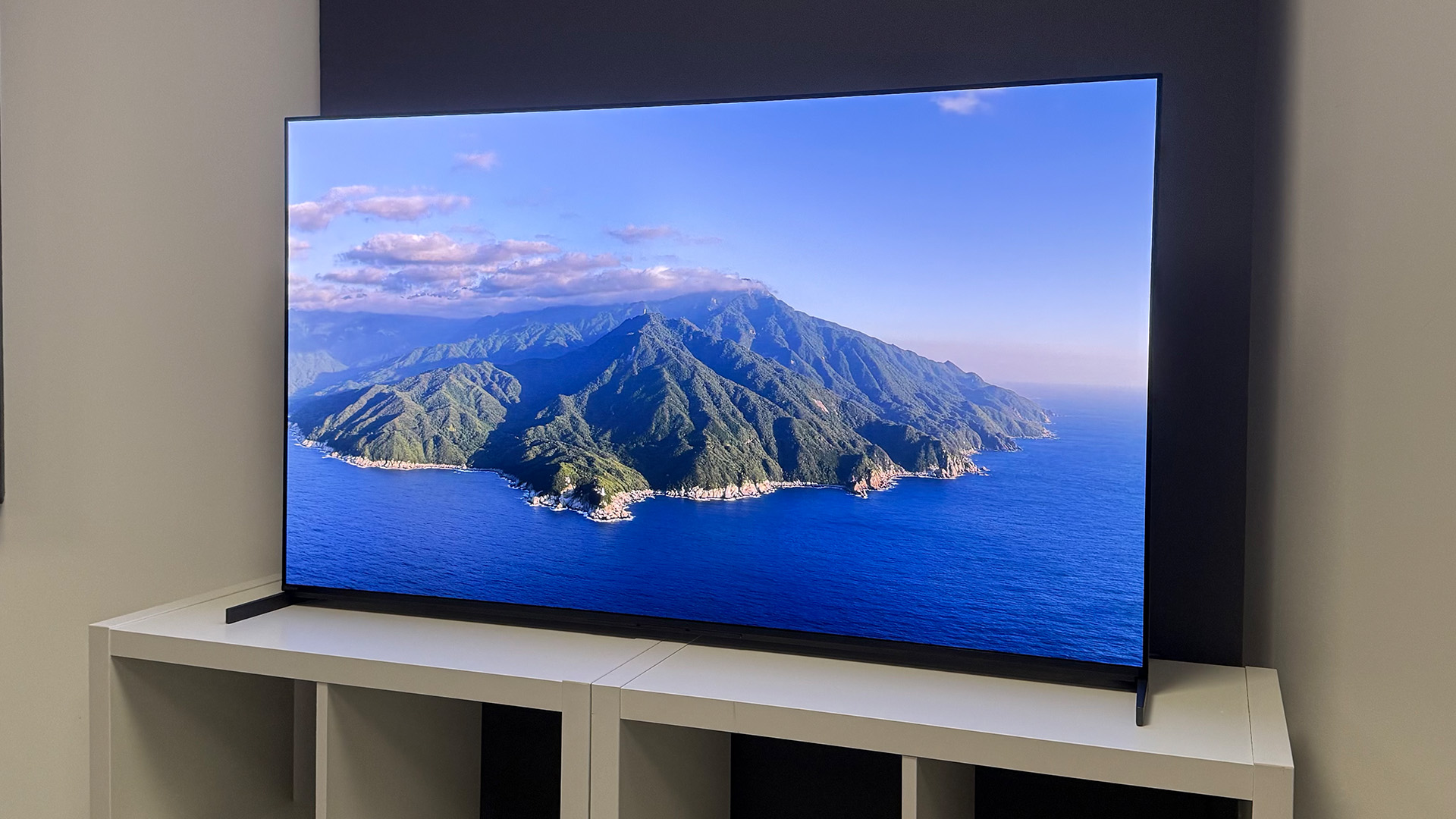Arcam AV receivers get Auro-3D audio upgrade
The Dolby Atmos-rivalling tech should make for a more immersive listen

Arcam is upgrading its latest AV receivers with some natty 3D sound tech.
The AVR10, AVR20 and AVR30 (pictured) will get Auro-3D, as will Arcam's AV40 AV processor.
Auro-3D is 3D audio, much like Dolby Atmos, DTS:X and Sony 360 Reality Audio. Like those better-known rivals, it adds a height layer to its audio output. This creates a more immersive listening experience, dropping the viewer/listener into the heart of the action.
To take advantage you'll need one of the above Arcam devices, a Blu-ray player with the appropriate discs and an Auro-3D-configured speaker array (these range from 9.1 to 13.1 set-ups, so you'll need a fair bit of space for all those speakers).
Though there is a saving grace - Auro-3D formations don't require ceiling speakers, so you won't have to get out the drill and step ladder. Instead, the vertical sound field is created by mounting speakers just above the existing surrounds.
So what can you listen to? Certain Blu-rays already have Auro-3D audio, but the tech also works with non-3D-Auro content: these Arcam devices use the Auro-Matic up-mixer to convert content into Auro-3D.
Auro-3D started rolling out as a firmware update yesterday.
The latest hi-fi, home cinema and tech news, reviews, buying advice and deals, direct to your inbox.
MORE:
Sony reveals PS5 specs, promises 3D audio better than Dolby Atmos
What Hi-Fi?, founded in 1976, is the world's leading independent guide to buying and owning hi-fi and home entertainment products. Our comprehensive tests help you buy the very best for your money, with our advice sections giving you step-by-step information on how to get even more from your music and movies. Everything is tested by our dedicated team of in-house reviewers in our custom-built test rooms in London, Reading and Bath. Our coveted five-star rating and Awards are recognised all over the world as the ultimate seal of approval, so you can buy with absolute confidence.

